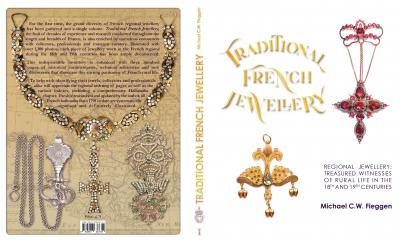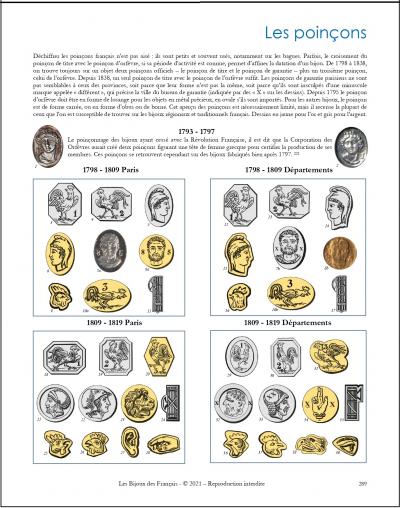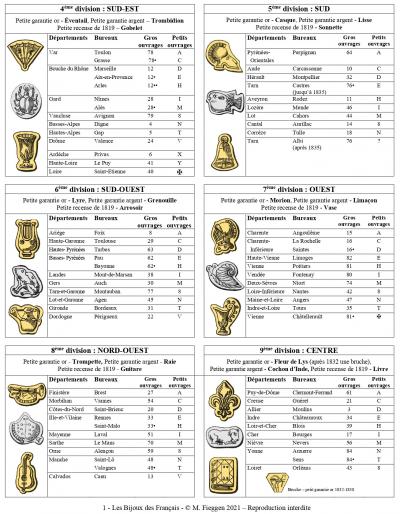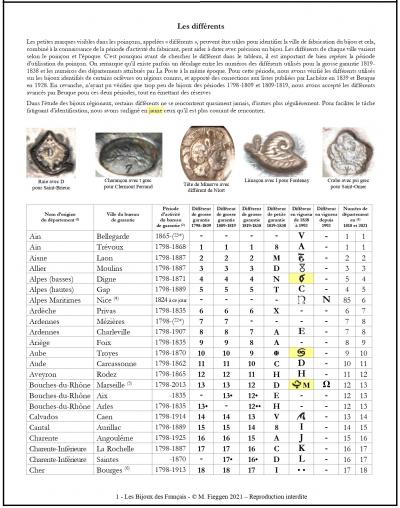The Lorraine cross
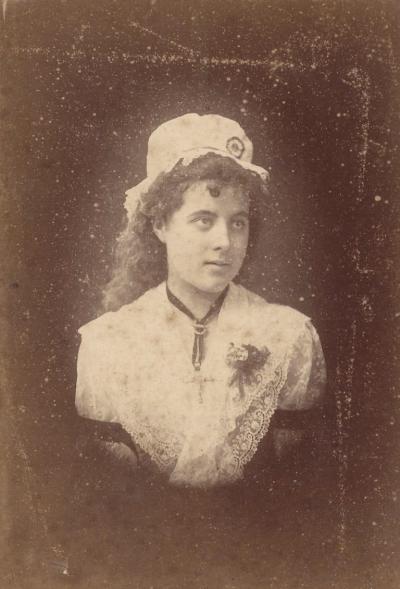
Lorraine cross on antique photo by Barthelémy, rue des Dominicains, Nancy
The cross of Lorraine, also called "abbess’s cross", was widely worn from Lorraine and a very similar cross, differing only by the shape of the suspension loop, was worn in the Champagne region. It is always uniface with an engraved and cut-out decoration, the Christ surmounting a skull with crossed shinbones. The velvet suspension ribbon has a closure consisting of a ring of a design unique to the region that is closed by a bar. The ring and sometimes the bar are often worn at the front, as in the photo above, or even attached directly to the cross.
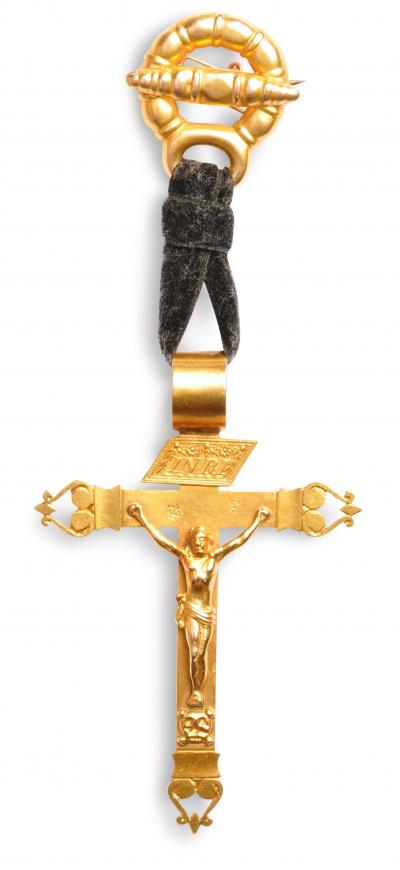
Lorraine "abbesse" cross with its catch worn just above the cross as in the photo above
|
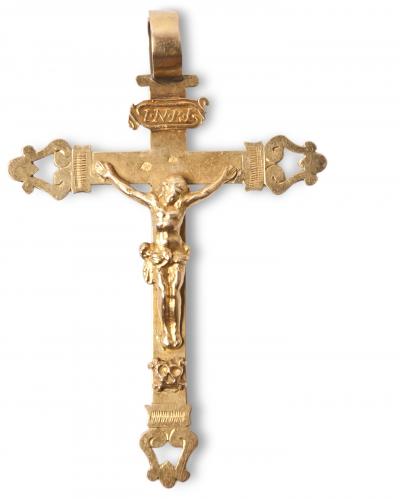
regional "abbesse" cross worn
in the Lorraine region, gold
|
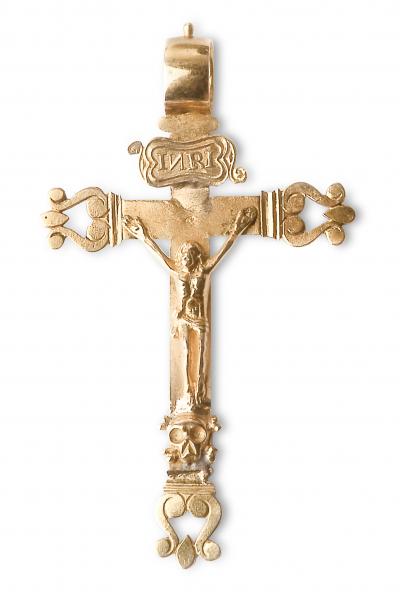
regional "abbesse" cross worn
in the Lorraine region, gold
|
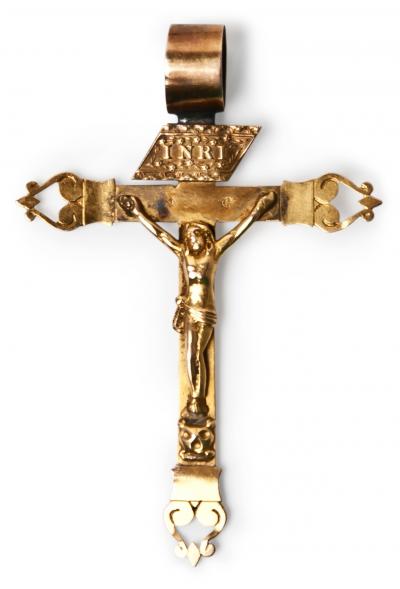
regional "abbesse" cross worn
in the Lorraine region, gold
|
click on the photos to enlarge them in high resolution
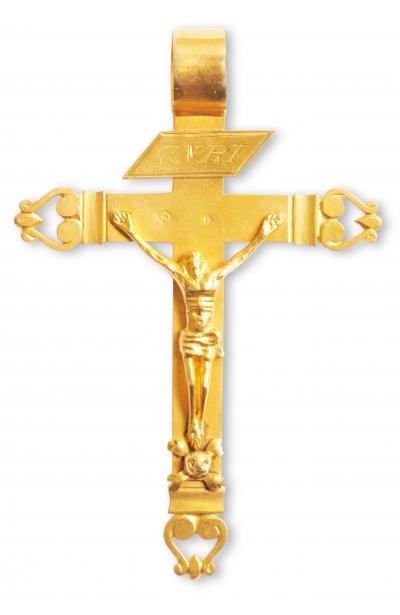
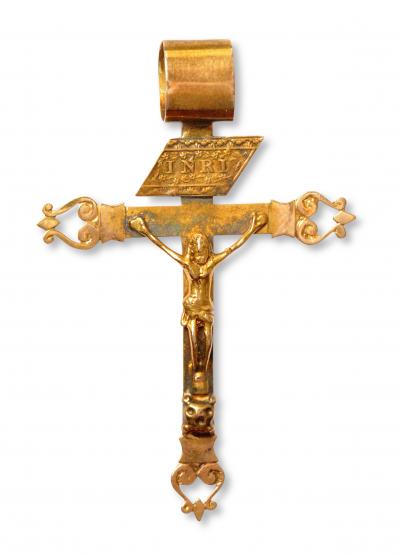
regional "abbesse" crosses worn in the Lorraine region.
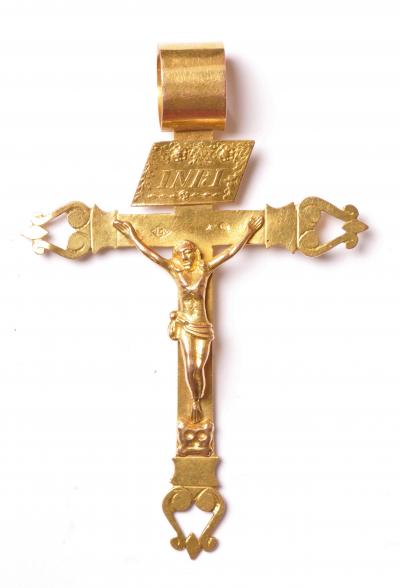

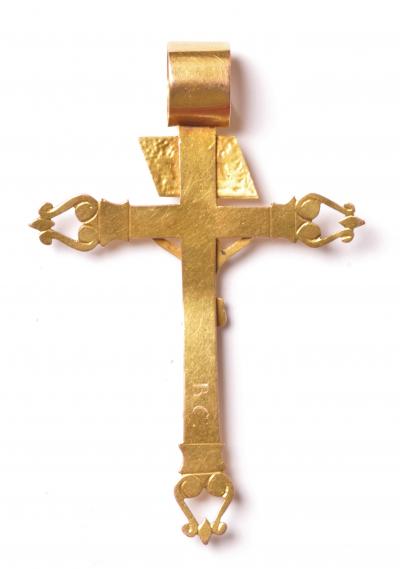
regional "abbesse" cross worn in the Lorraine region.
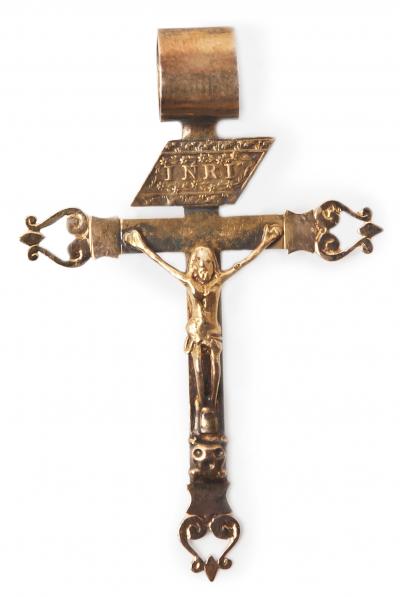
regional "abbesse" cross worn in the Lorraine region, gold |
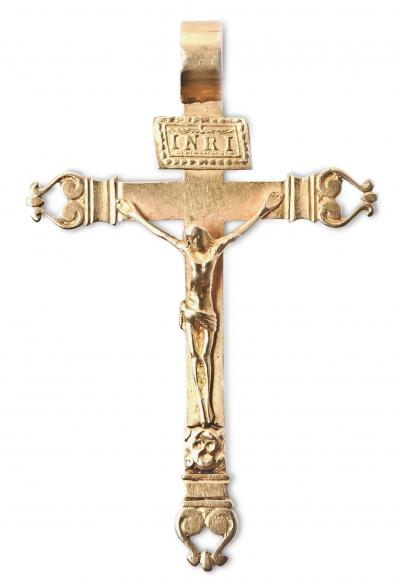
regional "abbesse" cross worn in the Lorraine region, gold |
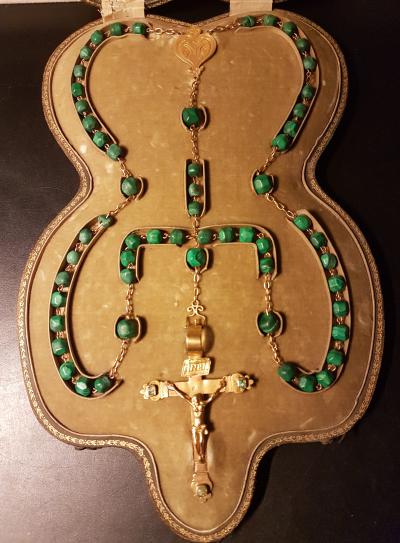
set of rosary beads in fitted case in gold and Malachite with a cross from Lorraine
Spuvenir jewellery from Lorraine
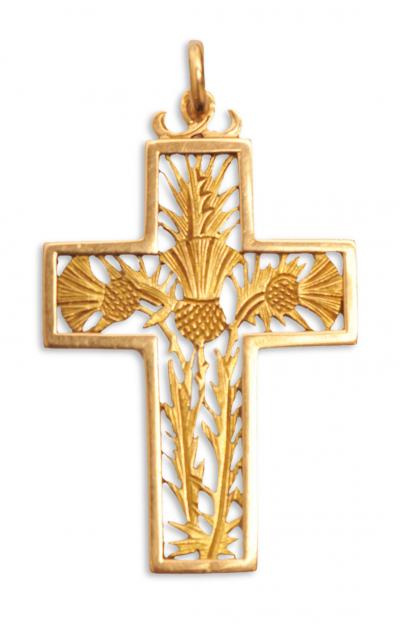
cross from Lorraine region with thistle motif
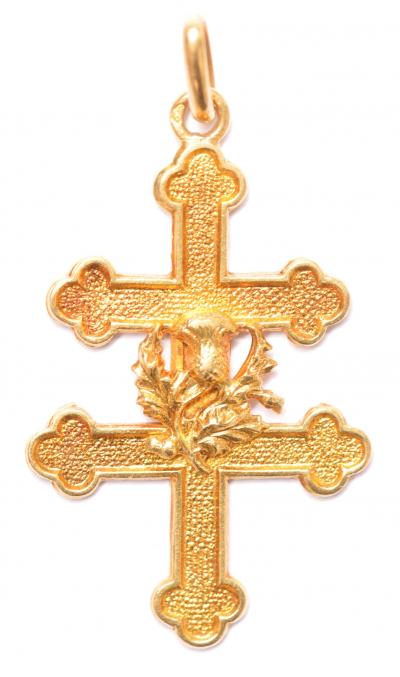
Lorraine cross
with thistle motif |
|
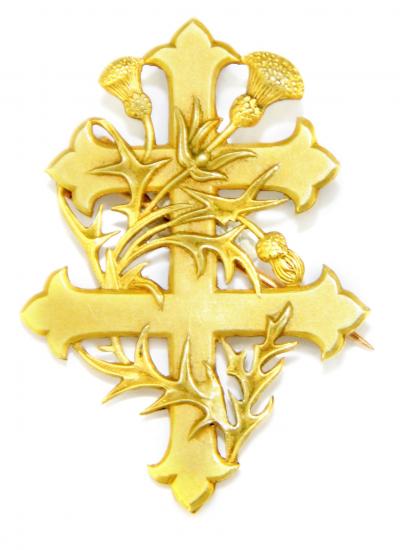
brooch with Lorraine cross
and thistle motif |
|
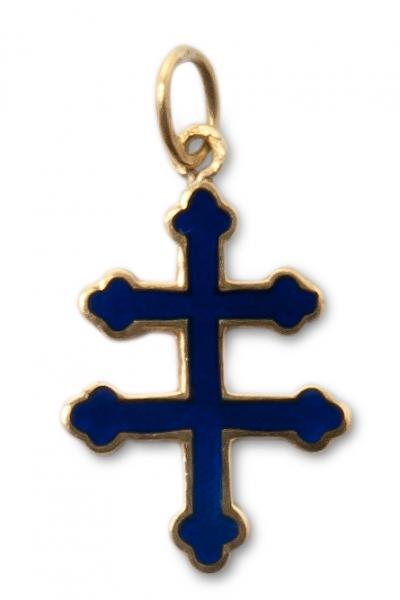
Lorraine cross, gold and enamel |
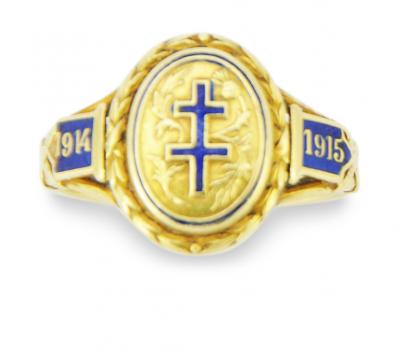
gold ring dated 1914 - 1915 with cross of Lorraine design in blue enamel
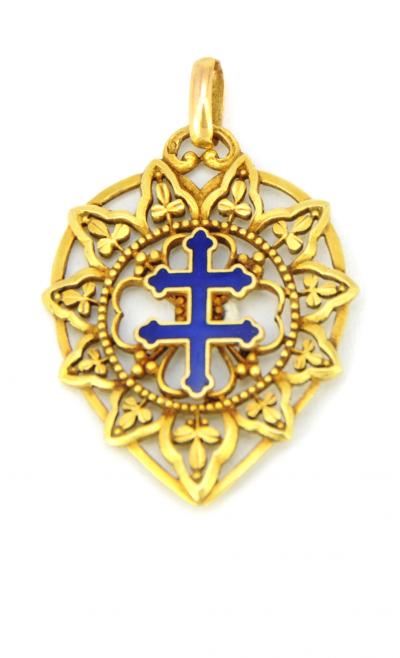
pendant in gold with cross of Lorraine design in blue enamel
PATRIOTIC ART FOR THE ANNEXATION
OF ALSACE-LORRAINE 1870-1918
The 1870 conflict between Napoleon III's France and Prussia resulted in a defeat of the French armies, badly led by an unqualified command. In 1871, after the signing of the Treaty of Frankfurt and the drawing of the new frontiers to the East; Alsace, the Moselle and parts of Lorraine were annexed to the Reichsland.
The whole of France would mourn the Lost Provinces. National unity would be built around an exacerbated and bellicose patriotism that would draw strength in the hope of "Revenge". In 1874, Léon Gambetta, addressing the subject of the frontier, recommended: "Let us always think about it, never speak about it!"
From 1871, symbolic jewels would be created to allow everyone to express his patriotism and their support for "Alsace-Lorraine", an anachronistic concept designed for the purpose of national unification. The first would be made by Parisian jewelers including Alexandre Piel and Marc Gueyton. They would be mainly marketed in 1871 and 1872. In Nancy, propelled to the rank of capital of the East of France, the artists of the School of Nancy would also express their patriotism through their works. Among them were jewelers who would use the Lorraine specific allegorical symbols: the thistle, the eaglet and the cross of Lorraine. They would design a jewellery model with codes and standards well defined and identifiable at a glance. These adornments were to quickly become a real fashion phenomenon.
The cross of Lorraine would soon attain the rank of an emblematic symbol, recognised by all, of resistance, nationalism and revenge. These achievements were to be so successful that many Parisian jewelers, some of whom had emigrated from Alsace, would seize the occasion. Progress in the metal stamping process soon allowed for mass production, at low cost and the designs would gradually invade the fashion sector and everyday objects.
From 1871 to 1918, according to the passions, historical events, religious, nationalistic or patriotic manifestations and the trauma of the Great War, these jewels so characteristic were to discreetly accompany the destiny of the French. Worn for half a century, they would become the silent but oh so visible witnesses of this "eternal" thought towards the lost provinces.
These moving objects, sometimes naive, but also works of art in their own right, are an integral part of the Little Story that builds the Great!
BRUNO FERRY
Author of the book - L’art patriotique face à l’annexion - Alsace-Lorraine - 1871-1918. Editions du quotidien, Strasbourg, 2015.
Most of the following photos are taken from this book which retraces, in 400 pages of jewels, charms and various objects, the history of this virtually unknown patriotic fashion.
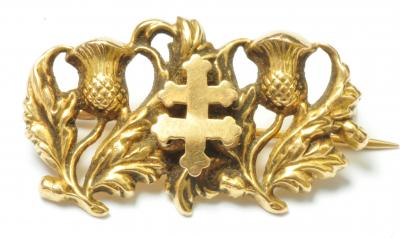
patriotic brooch in gold with Lorraine cross and thistle motif
|
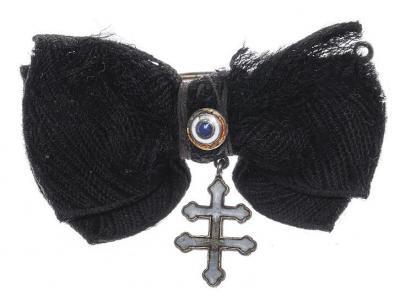
Broche en argent patriotique "Alsace-Lorraine". Noeud en crêpe noir, cocarde et croix de Lorraine émaillées
|
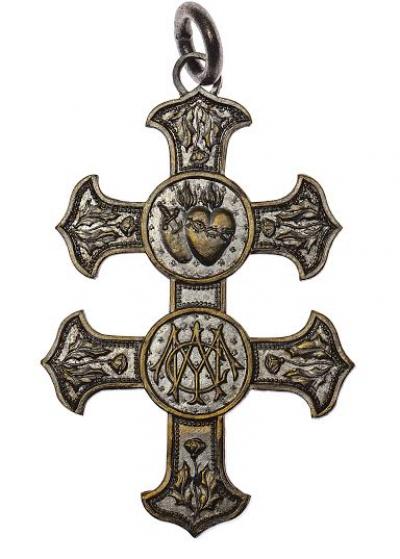
Croix en bronze argenté crée pour les fêtes du couronnement de Notre Dame de Sion (Meurthe et Moselle) le 10 septembre 1873.
|
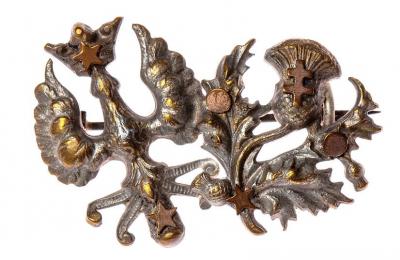
Bijou patriotique avec les trois symboles lorrains réunis sur une même broche : l’alérion, le chardon et la croix de Lorraine. Métal argenté.
|
|
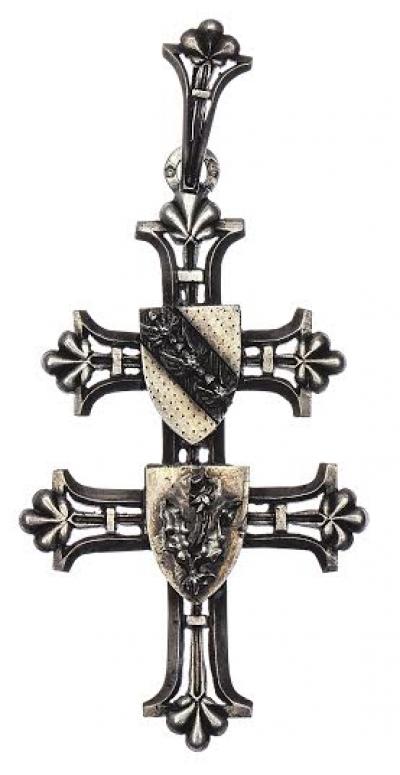
Croix de Lorraine blasonnée
en argent ciselé.
|
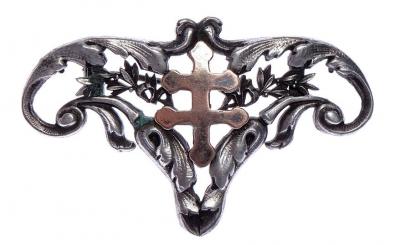
Broche florale en argent à volutes finement ciselées.
|
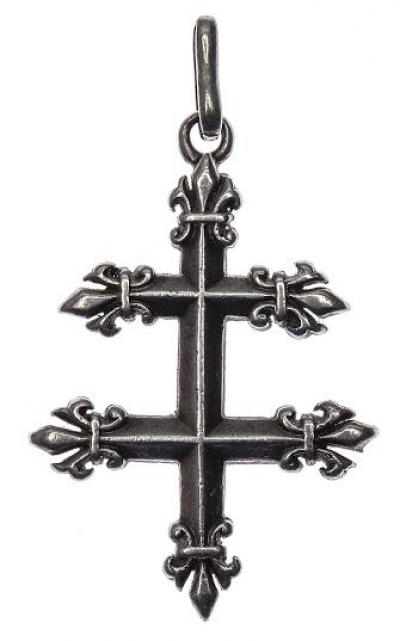
Croix de Lorraine en argent ciselé
aux extrémités fleurdelisées.
|
|
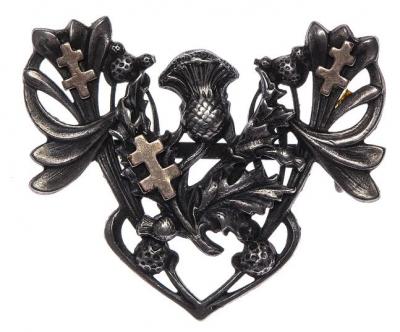
Broche patriotique en argent d’inspiration Art Nouveau.
|
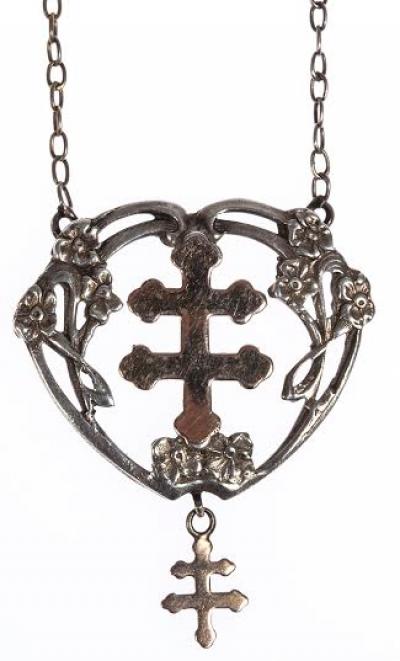
Pendant de cou en argent
de style Art Nouveau.
|
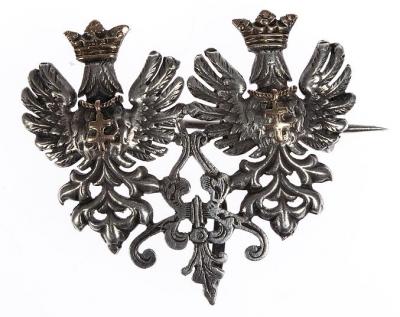
Broche en argent et vermeil
|
|
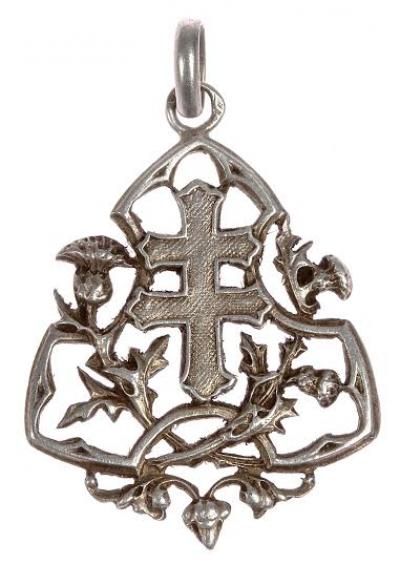
Pendentif Art Nouveau
|
|
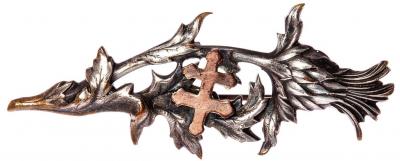
Broche patriotique au chardon lorrain en métal estampé argenté.
|
Contact me with your suggestions, corrections, photos, questions and comments!
contents:
croix d'Alsace - broche alsacienne - croix de Lorraine - bijoux des régions de France - les bijoux des Français - les bijoux de France - bijoux régionaux - bijou régional - croix écotée - pendentif Saint Esprit - Saint Esprit d'Aurillac - rose de Velay - collier d'esclavage - croix de Puy en Velay - croix d'Auvergne - bijoux d'Auvergne - bijoux auvergnat - collier Saint Esprit de Puy en Velay - croix de Velay - bijoux d'Auvergne et du Velay - costume regional - bijoux régionaux - coiffe - coiffe auvergnat - bijoux des régions de France - bijoux régionaux - les bijoux traditionnels Français - croix régionales - Léon Giron - Antoine Raspal - Thomas Desgeorge - Estella Canziani - esclavage auvergnat - antieke zeeuwse streeksieraden in zeeland friesland- Streeksieraden in Zeeland



































